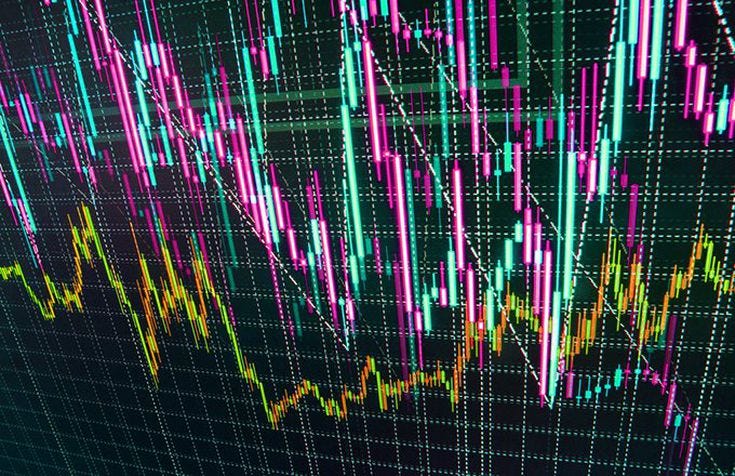Michael Lewis describes in a new book how high-frequency trading algorithms have revolutionized the stock market. By discovering and exploiting tiny, fleeting profit opportunities, the algorithms have revolutionized the stock market. The algorithms have helped middle class investors instead of taking advantage of them. Unfortunately, there is no guarantee that there will not be problems in the future. We will describe what High frequency trading is and why it is a problem in the following article.
A Description Of High-Frequency Trading.
On average, people blink once every 400 milliseconds. Known as high frequency trading, this activity involves spotting and taking advantage of opportunities instantly, less than one millisecond after they are spotted. Algorithms do this by analyzing the fast-changing market data and determining which trades to make.
Unlike most investors, high-frequency traders are focused on finding profit opportunities that most investors wouldn’t even think of pursuing. For example, they will not bet on technology companies’ profits growing faster than expected, nor will they bet on a recession.
Arbitrage opportunities are sought down to the tiniest details. Profits can be earned by buying stocks on the New York Stock Exchange and selling them on BATS. This opportunity may disappear at any moment, so it’s crucial to act as quickly as possible.
What Is The Rise Of High-Frequency Trading?
This is no longer the case, based on most data. With so many traders now entering the market, profits have declined, and high-frequency trading is less common than before the 2000s:
A 20 percent drop in profits has been recorded in high-frequency trading due to a decrease in volatility and increased competition. Profits have fallen and competition has increased, which are the primary reasons for this. It has recently been reported that high-frequency trading may no longer be confined to the stock market but is instead spreading to other financial markets, including bond, currency, and derivatives markets.

Is High-Frequency Trading Responsible For Crashes?
Historically, markets have always experienced swings in price. However, some argue that high-frequency trading may make them more volatile and, thus, more vulnerable to abrupt halts in trading.
Unlike humans, high-frequency trading algorithms cannot be influenced by better judgment, since they move too quickly. As stocks drop, trading software may cease trades, removing liquidity from the market or adding to it.
What Impact Does High-Frequency Trading Have On Market Efficiency?
No one knows. There are a few ways that rapid action would be beneficial to the world. Markets will function more efficiently and capital will be deployed more efficiently if they can react instantly to earnings announcements, economic data, and political events. Economic scholars have found that high-frequency trading is usually accurate in predicting price movements. An increase in volume of trading can not only reduce “bid-ask spreads,” or the price difference between buyers and sellers, but also speed the clearing of orders. It helps to increase market efficiency.
It is possible that high-frequency trading might reduce market liquidity rather than increase it – in other words, the ease with which it is possible to buy and sell. A study conducted by Nicholas Hirschey of the London School of Economics found front-running increases financial investment costs. In addition to reducing liquidity, institutional investors may also leave.

